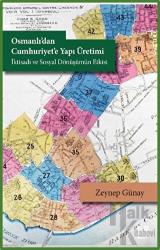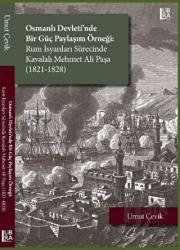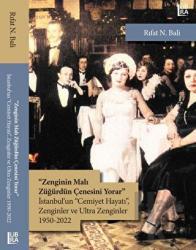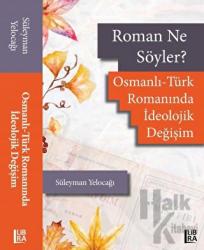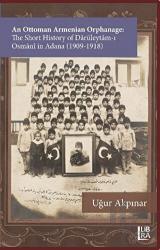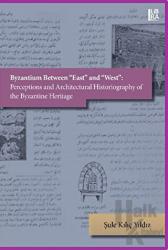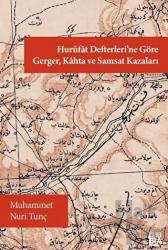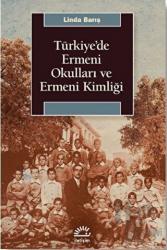The Effects of the Armenian Schools on Armenian Identity Formation in Turkey
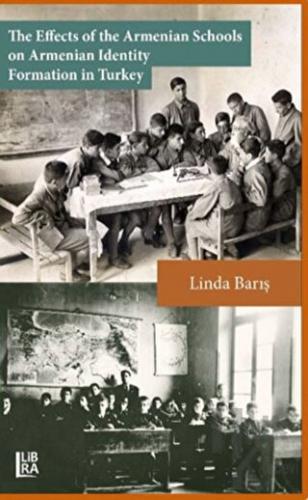
In this study, the discourse analysis of the historical procession of the Armenian schools, the last period of the Ottoman Empire and the establishment and development stages of the Republic of Turkey have been analyzed in terms of the influence of the Armenian schools on the formation of the ethnic identities of the Armenian students in Turkey. The relationship between the Armenian schools and the ethnic identity formation of the Armenian students, problematized within the regulations imposed by the Turkish Republic in the field of education for Armenian schools and called as Turkification politics, has been evaluated in the context of in- depth interviews conducted with various Armenian schools, principals, teachers, students and graduates who still continue to exist. In this study, considering the fact that various regulations in the field of education such as the Turkish education system and curriculum, the regulation of the courses, the selection of the teachers and the contents of the textbooks were formed around the Turkish identity, it has been questioned how the Armenian students were able to realize their ethnic identity by staying in between Turkish and Armenian identities throughout their education life. How the students were influenced by the Armenian schools in the formation of the perceptions of the Armenian identity, the students who trained in both Turkish and Armenian schools, the transitions they experienced between the Turkish and Armenian schools, and the way that these transitions effected how the Armenian identities as the other are experienced were evaluated and examined comparatively.
- Açıklama
In this study, the discourse analysis of the historical procession of the Armenian schools, the last period of the Ottoman Empire and the establishment and development stages of the Republic of Turkey have been analyzed in terms of the influence of the Armenian schools on the formation of the ethnic identities of the Armenian students in Turkey. The relationship between the Armenian schools and the ethnic identity formation of the Armenian students, problematized within the regulations imposed by the Turkish Republic in the field of education for Armenian schools and called as Turkification politics, has been evaluated in the context of in- depth interviews conducted with various Armenian schools, principals, teachers, students and graduates who still continue to exist. In this study, considering the fact that various regulations in the field of education such as the Turkish education system and curriculum, the regulation of the courses, the selection of the teachers and the contents of the textbooks were formed around the Turkish identity, it has been questioned how the Armenian students were able to realize their ethnic identity by staying in between Turkish and Armenian identities throughout their education life. How the students were influenced by the Armenian schools in the formation of the perceptions of the Armenian identity, the students who trained in both Turkish and Armenian schools, the transitions they experienced between the Turkish and Armenian schools, and the way that these transitions effected how the Armenian identities as the other are experienced were evaluated and examined comparatively.
Format:Kitap
- Taksit Seçenekleri
- Axess KartlarTaksit SayısıTaksit tutarıGenel ToplamTek Çekim241,50241,502125,58251,16385,33255,99643,47260,82929,52265,65Finansbank KartlarıTaksit SayısıTaksit tutarıGenel ToplamTek Çekim241,50241,502125,58251,16385,33255,99643,47260,82929,52265,65Bonus KartlarTaksit SayısıTaksit tutarıGenel ToplamTek Çekim241,50241,502125,58251,16385,33255,99643,47260,82929,52265,65Paraf KartlarTaksit SayısıTaksit tutarıGenel ToplamTek Çekim241,50241,502125,58251,16385,33255,99643,47260,82929,52265,65Maximum KartlarTaksit SayısıTaksit tutarıGenel ToplamTek Çekim241,50241,502125,58251,16385,33255,99643,47260,82929,52265,65World KartlarTaksit SayısıTaksit tutarıGenel ToplamTek Çekim241,50241,502125,58251,16385,33255,99643,47260,82929,52265,65Diğer KartlarTaksit SayısıTaksit tutarıGenel ToplamTek Çekim241,50241,502--3--6--9--
- Yorumlar
- Yorum yazBu kitabı henüz kimse eleştirmemiş.
- Yayınevinin Diğer Kitapları
- Yazarın Diğer Kitapları



